
4 minute read
The Australian Botanic Garden Mount Annan
HOT TIPS ON NATIVE PICKS
AUSTRALIA’S BEAUTIFUL, ADAPTABLE AND ROBUST INDIGENOUS PLANTS ARE THE MOUNT ANNAN HORTICULTURE TEAM’S ‘SPECIALIST TOPIC’. SENIOR HORTICULTURIST CHRIS COLE REVEALS JUST A FEW OF HIS TEAM’S FAVOURITES
Advertisement
Telopea speciosissima (Waratah)
Carpobrotus glaucescens (Native Pigface)
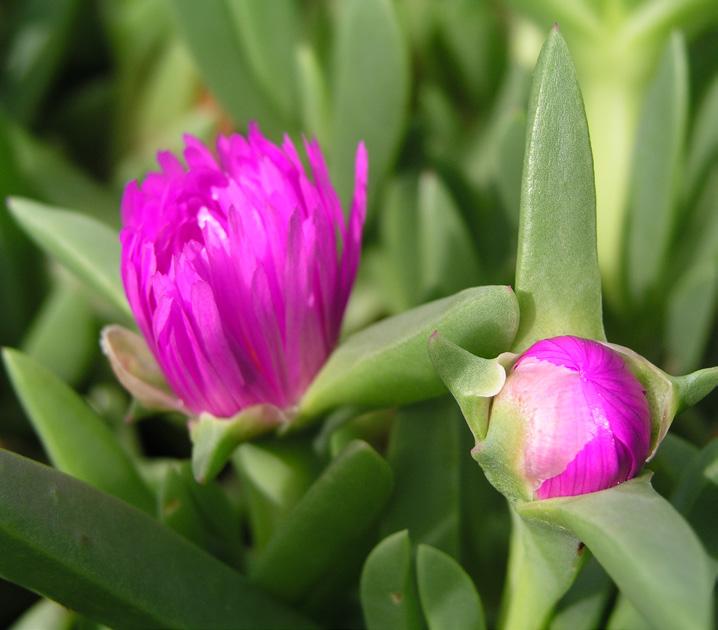
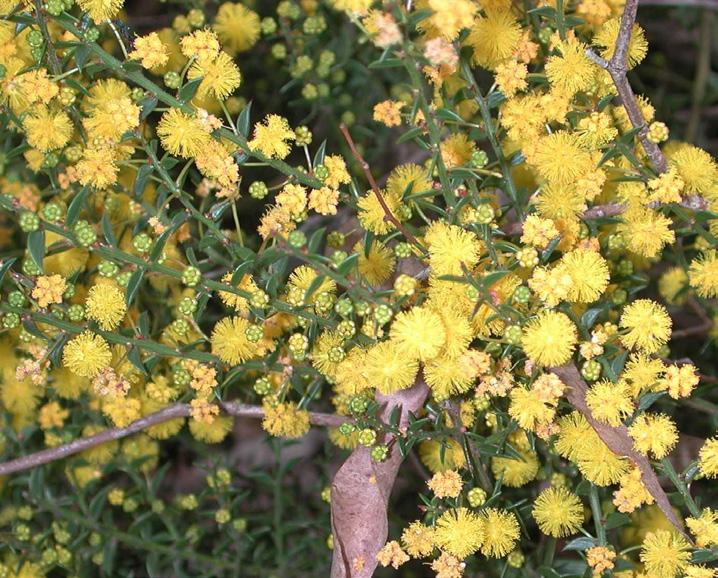
Grevillea eriostachya (Desert Grevillea) Dwarf acacia (Dwarf Wattle)
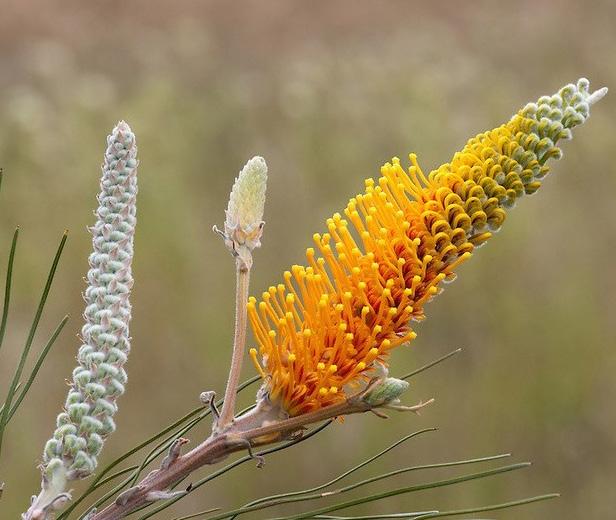
Mount Annan’s horticulture team take care of an incredibly diverse range of native plants spread across our woodlands, grasslands, rainforests and horticultural displays (as well as the new seedlings in the Nursery).
When it comes to native plants, home gardeners are also spoilt for choice, which can make it hard when deciding which plants are best for your garden.
The following list is by no means comprehensive, but it does provide a good place to start if you are thinking of making the switch to natives or want to introduce a few sustainable – and special – plants to your garden.
UNIQUE AND BEAUTIFUL
Telopea speciosissima (waratah) This is probably the most recognisable Australian native plant due to its striking colour and the fact that it holds the prestigious title of New South Wales' floral emblem. These evergreen shrubs are low maintenance and can be used as a feature plant in a large pot or garden bed. The flowers are mostly bird-pollinated and will attract eager honeyeaters to your backyard.
Grevillea eriostachya (Desert Grevillea) We love grevilleas so much that we dedicated a garden to display their spectacular flowers. The Desert Grevillea are found across Western Australia and produce a tall golden yellow flower in late winter and spring. They are droughtand frost-resistant, making them a low maintenance ‘must-have’ for most Australian gardens with full sun.
Pimelea spectabilis (Rice Flower) Another Western Australian beauty, Pimelea spectabilis produces the largest flower clusters in the Pimelea genus and blooms in winter and spring. This native plant does best in dry, sunny gardens but can be featured in a pot with well-drained soil if you are in an area with humid, wet summers.
GREAT WATER SAVERS
Doryanthes excelsa (Gymea Lily) A stunning Sydney local, Doryanthes excelsa is found across the basin to north-eastern New South Wales. They make an excellent container plant and will provide a striking architectural effect to your garden. Plants grown from seed will not flower until about eight years of age so we recommend sourcing an established plant from a nursery.
Carpobrotus glaucescens (Native Pigface) Carpobrotus glaucescens is a native succulent that is perfect as a ground cover, binding sandy soil and preventing wind erosion. They are a hardy plant that can tolerate extended dry periods or strong winds. The large, daisy-like flowers bloom from October to January but also sporadically throughout the year. The fleshy fruit and leaves have been used by Aboriginal people as bush food and bush medicine. The fruit is said to taste like salty apples and, when roasted, the leaves have been used as a salt substitute. The juice of the leaves can be used to relieve pain from insect bites and early European settlers were known to use them as an anti-scurvy treatment.
SUSTAINABLE AND STUNNING
Dwarf acacia (Dwarf Wattle) Acacias (wattles) are the largest group of plants in Australia and our Wattle Garden features many of the 950 species, including Australia’s floral emblem Acacia pycnantha. Dwarf species such as Crimson Blush, Austraflora Winter Gold, Bower Beauty and Limelight are sustainable and low maintenance options that provide a vibrant sunshine-like colour in the darkest months of winter. They are low spreading shrubs that require well-drained soil in a full sun or partly shaded position. If you have clay soil, plant it in a raised bed or mound the soil to improve the drainage.
Pimelea spectabilis (Rice Flower)
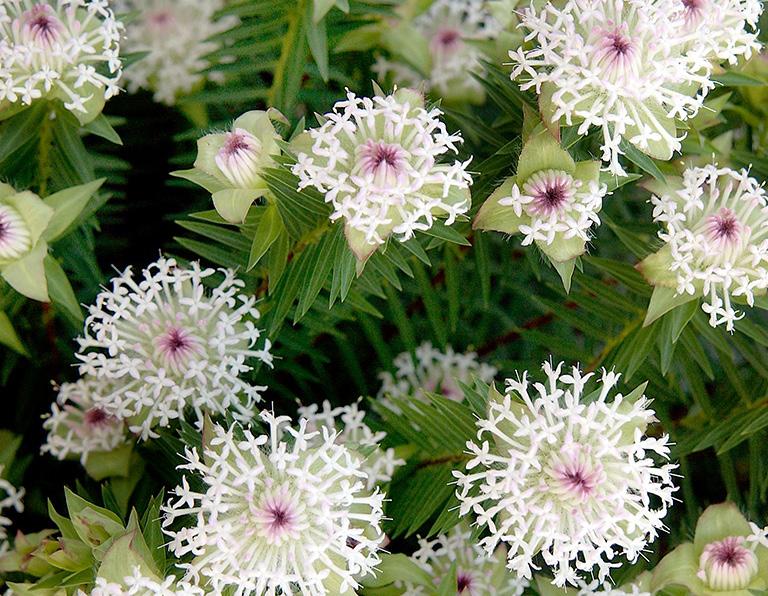
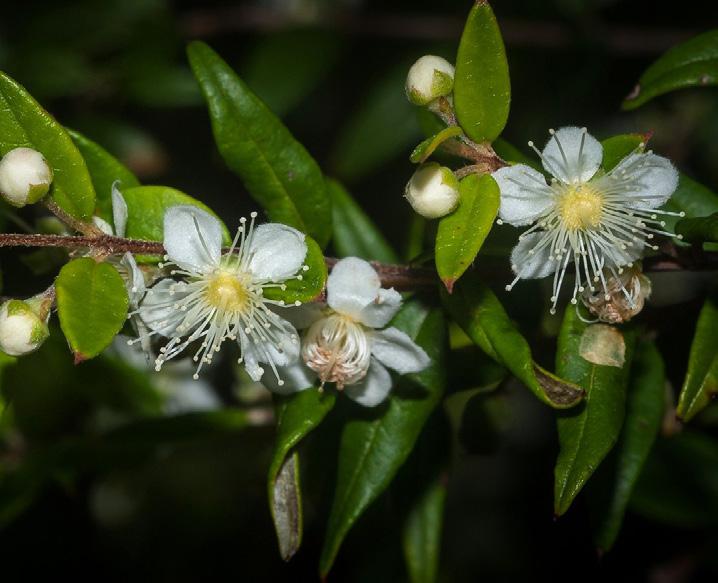
Austromyrtus dulcis (Midgen Berry) Austromyrtus dulcis, known as Midgen Berry, flowers in spring and summer and has sweet-tasting fruit produced in waves, from spring to autumn. The fruit can be picked and eaten straight from the plant (the berries are white and covered in small blue spots, giving them a unique appearance). Midgen Berry is an easy plant to grow in gardens, containers or pruned as a small shrub perfect for small balconies and courtyards. Bossiaea walkeri (Cactus Pea) Belonging to the native pea-family Fabaceae, Cactus Pea has flattened stems which are a pale blue-green colour that helps protect the plant by reflecting heat, and the tiny leaves have very few stomata which reduces water loss. Like most native pea plants, the Cactus Pea is low maintenance, very easy to grow and great for beginners. The peas can be harvested eight to 10 weeks from sowing and are a great source of Vitamin A, C and folate. The brilliant red tear-drop flowers open in spring and autumn making it a striking feature plant in any garden.
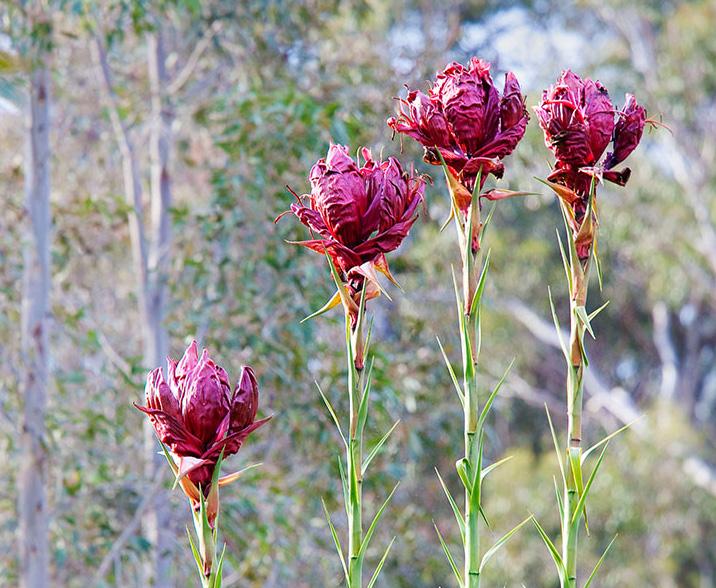
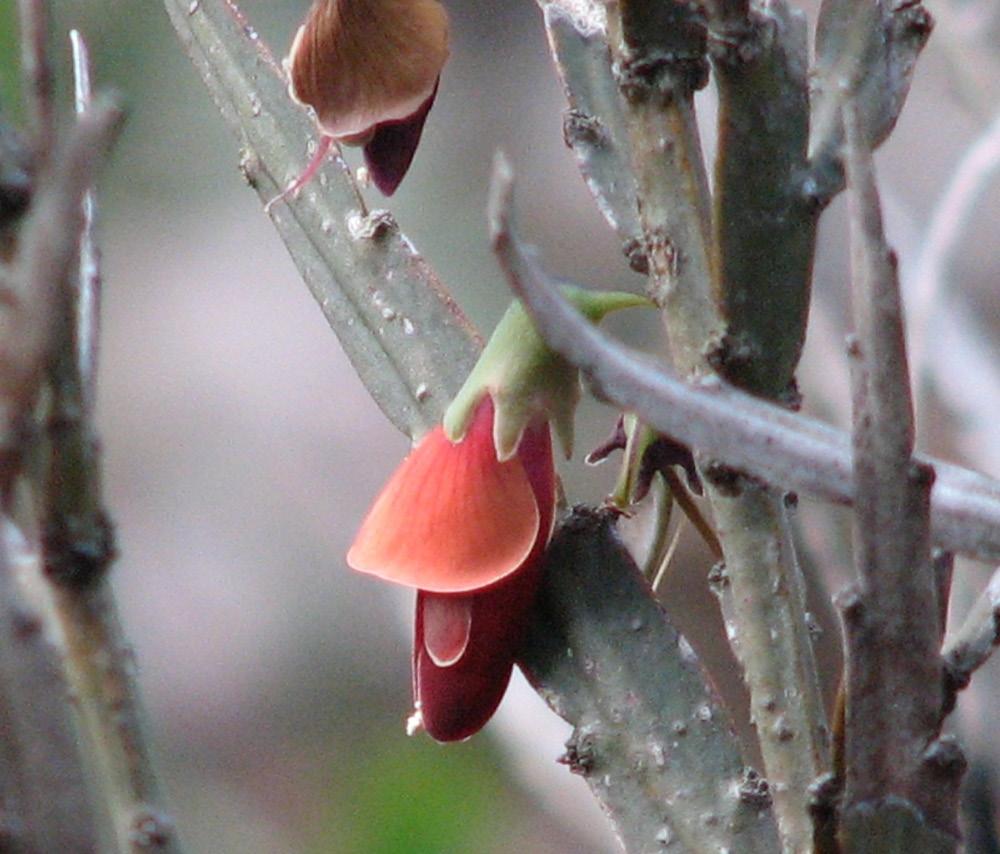
GET GROWING Hopefully we’ve sparked an interest or provided you with a few ideas. If so, make sure you stop by the Growing Friends Plant Sales at the Visitors Centre on your next visit to the Australian Botanic Garden and take a look at the selection of rare and endangered native species.
Doryanthes excelsa (Gymea Lily)
Bossiaea walkeri (Cactus Pea) Austromyrtus dulcis (Midgen Berry)










